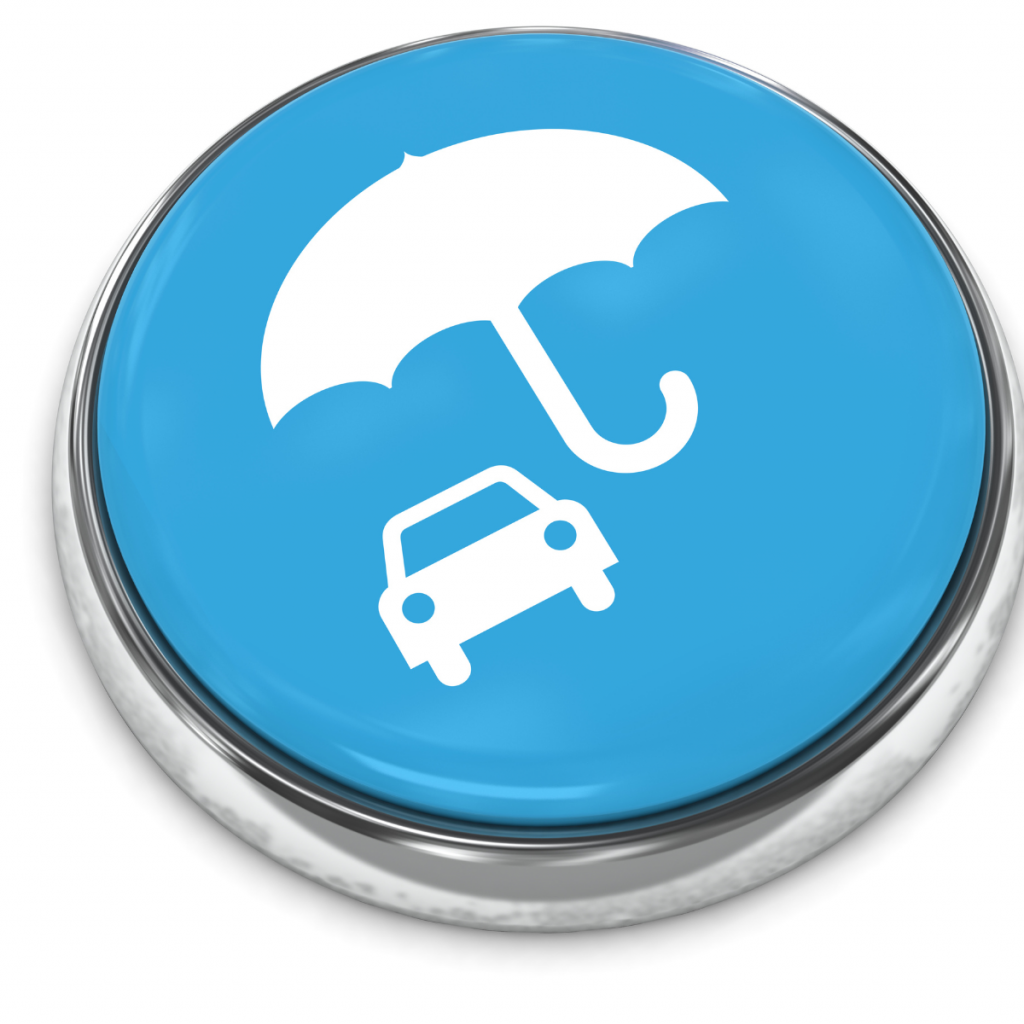In the unpredictable world we live in, natural disasters and car theft can strike when least expected, leaving you feeling vulnerable and unsure of how to recover. One of the most common questions car owners face is whether their auto insurance will cover damage or loss resulting from such events. The answer depends on the type of car insurance coverage you have, as not all policies offer the same protection.
In this blog, we’ll explore what types of coverage protect you against natural disasters and car theft, how to ensure you’re properly insured, and steps to take if your vehicle is affected by these events. Whether you live in a hurricane-prone area or a region where car theft is on the rise, it’s essential to understand your insurance options so that you are prepared in case of an emergency.
What Types of Insurance Cover Natural Disasters and Car Theft?

Auto insurance can be broken down into several types of coverage, each serving different purposes. For natural disasters and theft, the following coverages are most relevant:
- Comprehensive Coverage
Comprehensive car insurance is the primary coverage for events such as natural disasters and theft. Unlike liability insurance, which covers damages to others in an accident, comprehensive coverage protects your vehicle against non-collision events, including:- Theft: If your car is stolen, comprehensive coverage will cover the replacement or repair costs, minus your deductible.
- Natural Disasters: This includes coverage for damage caused by earthquakes, floods, hurricanes, wildfires, hailstorms, and more.
- Collision Coverage
While collision coverage doesn’t typically cover natural disasters or theft, it does protect you if your car is damaged due to a collision, including accidents with other vehicles or objects. However, if your car is totaled or severely damaged in a collision during a natural disaster, collision insurance could still help, but it won’t protect you from theft or non-collision damages. - Liability Coverage
Liability insurance is the most basic type of car insurance and is often required by law. It covers damages to other vehicles and property when you are at fault in an accident. However, it does not cover theft, natural disasters, or any damages to your own vehicle. If you’re concerned about being covered for such events, liability insurance alone won’t suffice. - Personal Injury Protection (PIP)
While not specifically related to theft or natural disasters, PIP provides coverage for medical expenses following an accident. It is important to note that while PIP can help in certain situations, it does not cover property damage from natural events or theft.
How Does Comprehensive Coverage Work for Natural Disasters and Theft?
Natural Disasters
Natural disasters can cause significant damage to your car. The type of disaster you experience determines the kind of damage you might face. Some common scenarios include:
- Flooding: A flood can severely damage the electrical systems and interior of your car, leading to expensive repairs. Comprehensive coverage typically covers the costs of repairs or replacement if the damage is caused by flooding.
- Hailstorms: Hail can dent your vehicle, damage the windshield, and cause other costly issues. Comprehensive coverage can help pay for repairs related to hail damage.
- Wildfires: If your car is destroyed or damaged by a wildfire, comprehensive coverage can help cover the replacement or repair costs.
- Tornadoes or Hurricanes: Hurricanes and tornadoes can cause severe damage to vehicles, either through strong winds or flooding. In these cases, comprehensive insurance can help you recover the cost of repairs or replacement.
While many natural disasters are typically covered under comprehensive policies, it’s crucial to check whether specific events (such as earthquakes or certain types of flooding) are covered under your policy.
Car Theft
Car theft can happen anywhere, and if your car is stolen, it can be a nightmare. Comprehensive coverage steps in to help with this situation by covering:
- Replacement Value: If your vehicle is stolen, your insurer will reimburse you for the replacement value of the car, minus your deductible. However, it’s important to understand that many insurers pay the actual cash value (ACV), which is the current market value of the car minus depreciation, not the amount you originally paid.
- Recovery Costs: If your stolen car is recovered after a period of time, comprehensive coverage can cover any damage incurred while it was in the thief’s possession, such as broken windows or damaged locks.
One crucial point to consider is that some policies may limit the amount they will pay for a stolen vehicle, especially if the vehicle is older or has a high depreciation value.
Do You Need Comprehensive Coverage for Natural Disasters and Theft?
While comprehensive coverage provides the broadest protection, it is not required by law in most states. Whether you should invest in this coverage depends on several factors:

- Location: If you live in an area that is prone to specific natural disasters such as hurricanes, wildfires, or flooding, comprehensive coverage is essential. Additionally, if your area has a high rate of car theft, this coverage could be beneficial for protecting your investment.
- Vehicle Value: If your car is older or has a low market value, comprehensive coverage might not be worth the cost. On the other hand, if you own a newer or more valuable car, comprehensive coverage can be a wise investment.
- Financial Situation: If you can afford to pay for repairs or replacement out of pocket in the event of a natural disaster or theft, you might choose to forgo comprehensive coverage. However, for most people, the peace of mind offered by this protection is worth the cost.
What to Do if Your Car Is Damaged by a Natural Disaster or Stolen?
If you’re involved in a natural disaster or your car is stolen, it’s crucial to act quickly. Here are the steps you should take:
- Document the Damage: Take photos of the damage to your vehicle, including any floodwaters, hail damage, or fire damage. If your car was stolen, report it to the police immediately, and make sure to get a copy of the police report.
- Contact Your Insurance Company: Notify your insurer as soon as possible. Provide them with all necessary details, including the circumstances of the disaster or theft and any relevant documentation.
- File a Claim: Submit your claim to your insurance company. Be prepared to provide information about the car’s value, the extent of the damage, and any repairs or replacements required.
- Work with the Insurance Adjuster: Your insurer will likely send an adjuster to assess the damage. Cooperate with them and provide all necessary documentation to ensure a smooth claims process.
- Consider Repair Options: If your car is repairable, work with your insurance company to select a qualified repair shop. If the car is deemed a total loss, your insurer will reimburse you based on the car’s value at the time of the accident.
Conclusion: Stay Prepared for Natural Disasters and Theft
When it comes to natural disasters and car theft, having comprehensive coverage is one of the best ways to protect yourself and your vehicle. Whether you’re worried about flooding, hailstorms, or theft, comprehensive insurance offers the peace of mind you need to ensure you’re covered in case the unexpected happens.
Before selecting an auto insurance policy, evaluate your needs based on your location, the value of your car, and your financial situation. Comprehensive coverage is an investment that can save you thousands of dollars in repairs or replacement costs if you ever find yourself affected by these events.
By understanding what’s covered under your policy, staying informed about the types of risks in your area, and ensuring you have the right insurance coverage, you can drive with confidence knowing you’re protected from the unpredictable.

Leave a Reply